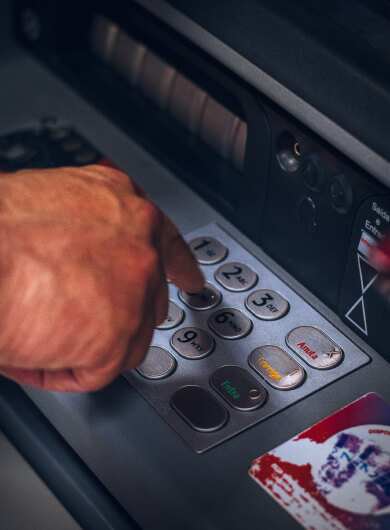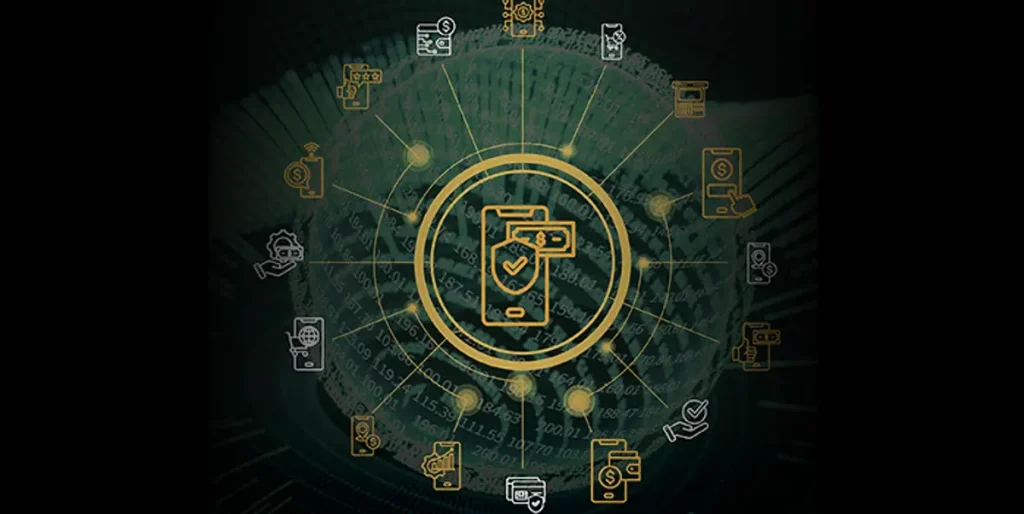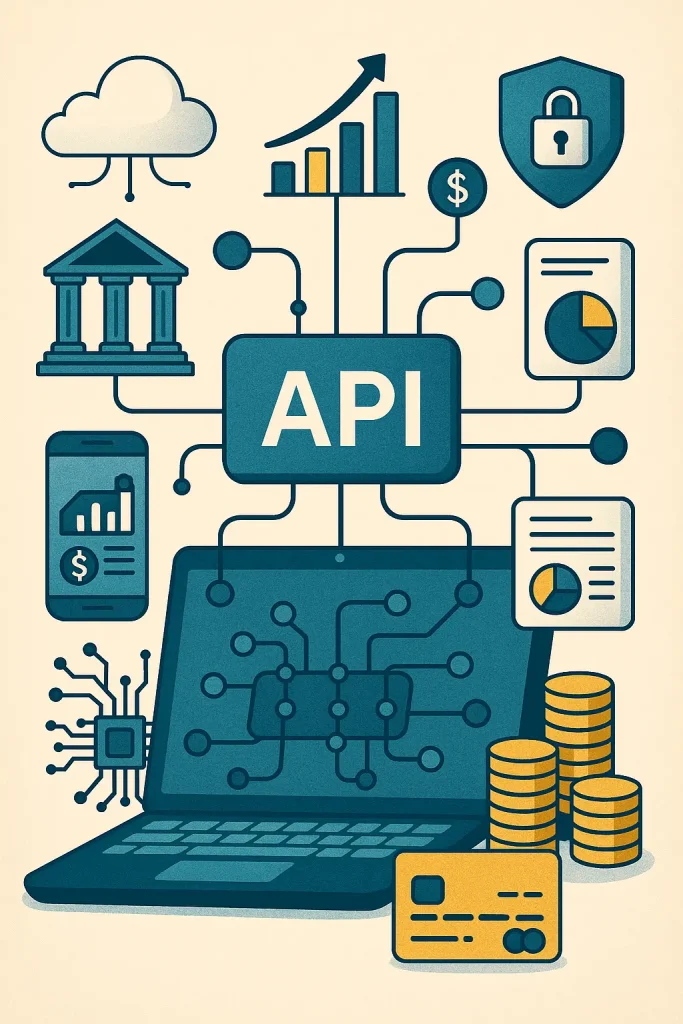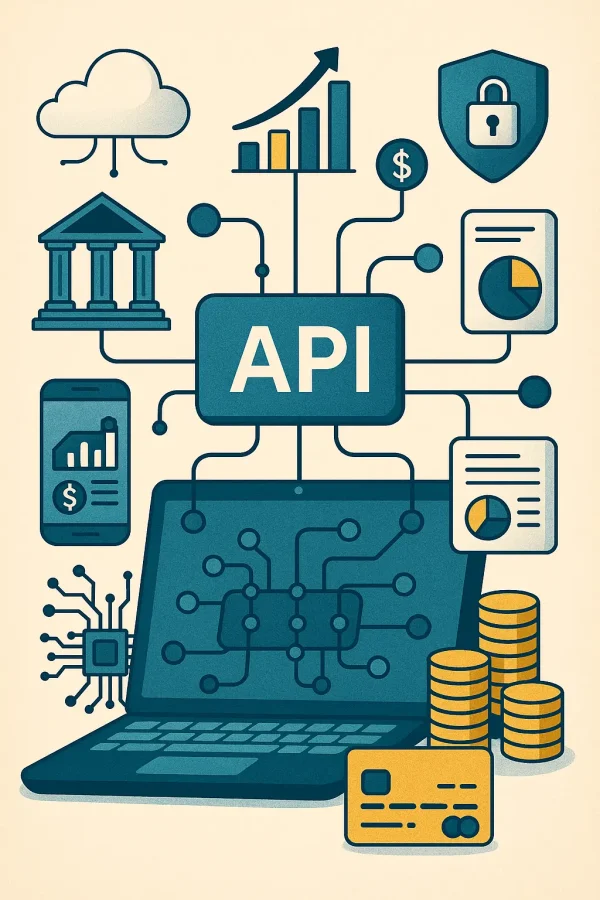As digital wallets and stablecoin platforms like TTR.Cash go mainstream, they're increasingly targeted by sophisticated fraud—often enabled by AI-powered bots. To stay ahead, providers must deploy intelligent, adaptive fraud protection. Here's why it's essential—and how modern AI systems can safeguard your platform. 1. 🚨 Why Traditional Fraud Tools Fall Short Conventional rules-based checks are rigid …
1. What Are Invisible Payments? Invisible payments are transactions that occur behind the scenes—no card, no app, no interaction. AI-driven systems automatically detect, authorize, and process payments based on user behavior, context, or pre-set triggers. The experience is frictionless, intuitive, and almost imperceptible. 2. Why It Matters: Speed, Convenience, and Trust Hyper-convenience without compromise: AI …










